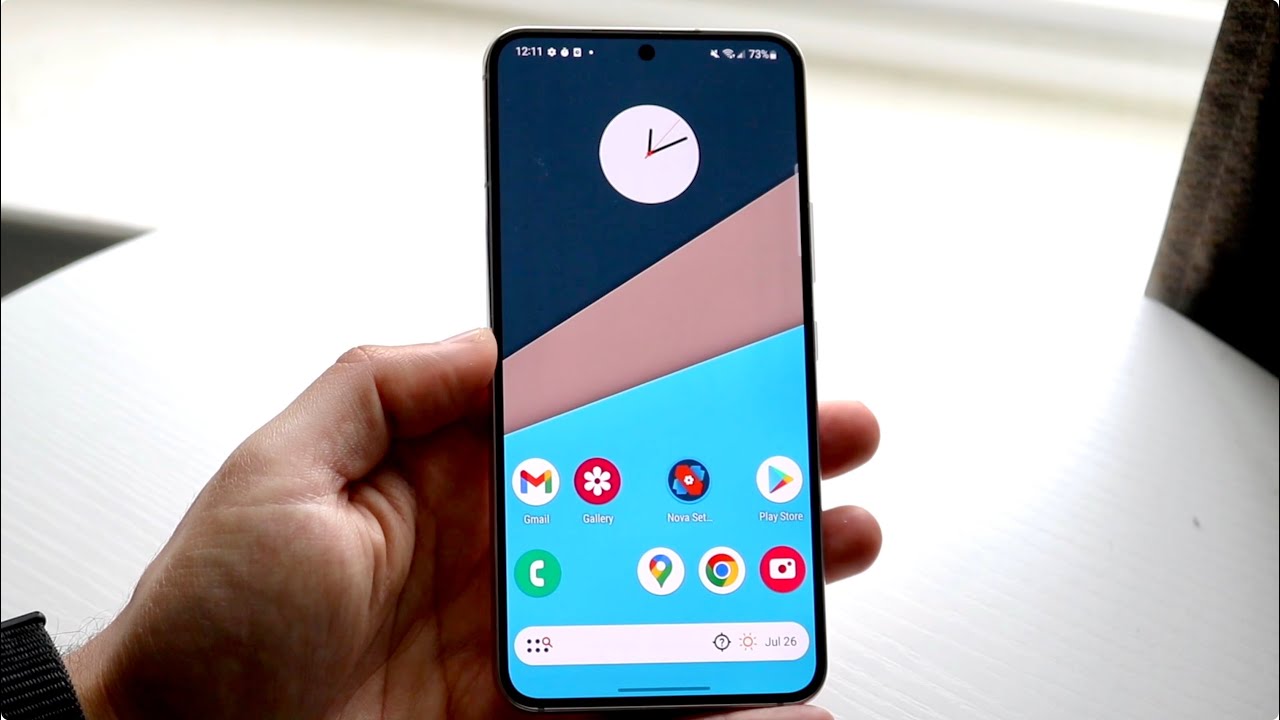
Understanding the Problem
Android devices are versatile and user-friendly, but issues can arise that disrupt normal functioning. One common problem is the lack of sound for text message notifications. This can be frustrating, especially when staying informed about incoming messages is crucial. Here are some common reasons why your Android device might not be producing sound for text messages:
- Notification Settings: Incorrect configuration of notification settings for the Messages app.
- Volume Settings: Volume settings might be too low or muted.
- Do Not Disturb Mode: This mode can prevent notifications from making any sound.
- App-Specific Settings: Individual conversation settings within the Messages app might be set to silent.
- Software Issues: Outdated or corrupted software can lead to various bugs.
- Hardware Issues: Faulty speakers or issues with the phone's audio system.
Step-by-Step Troubleshooting Guide
Check Notification Settings
Ensure notifications for text messages are enabled and the sound is turned on.
- Open Settings: Access the Settings app on your Android device.
- Sound & Vibration: Tap on "Sound & Vibration" or a similar option.
- Notifications: Select "Notifications" from the list.
- Messages App: Find the Messages app and ensure notifications are enabled.
- Sound Settings: Tap on the Messages app, then select "Sound" or "Default Notification Sound." Ensure a sound is selected and not set to silent.
Verify Volume Settings
Make sure the volume is turned up and not muted.
- Volume Controls: Use the volume controls to check if the volume is set to a reasonable level.
- Ring Volume: Ensure both ring volume and notification volume are not set to zero or vibrate only.
Check Do Not Disturb Mode
Do Not Disturb mode can prevent notifications from making any sound.
- Sound Settings: Return to the Sound & Vibration settings.
- Do Not Disturb: Ensure Do Not Disturb mode is turned off.
- Status Bar Icon: Look for a persistent icon in the status bar indicating Do Not Disturb mode is on.
App-Specific Settings
Individual conversation settings within the Messages app might be set to silent.
- Open Messages App: Access the Messages app.
- Conversation Settings: Open a random text conversation.
- Three Dots Menu: Tap on the three dots in the upper right corner.
- Notifications: Select "Notifications" from the menu.
- Behavior Settings: Ensure behavior settings for individual conversations are not set to silent.
Clear App Cache and Data
Clearing the cache and data of the Messages app can resolve issues related to notifications.
- App Info: Go to Settings > Apps > Messages.
- Storage: Tap on "Storage."
- Clear Cache and Data: Select "Clear cache" and then "Clear data." This will reset the app to its default settings.
Reset App Settings
If clearing cache and data does not work, resetting all settings for the Messages app might help.
- General Management: Go to Settings > General Management.
- Reset Options: Tap on "Reset" and then select "Reset all settings."
Update or Reinstall Messages App
Outdated apps can cause various issues, including the lack of sound for text messages.
- Google Play Store: Open the Google Play Store.
- App Updates: Check for updates available for the Messages app.
- Reinstall App: If updating does not work, uninstall and reinstall the Messages app from scratch.
Update Android OS
An updated Android system often includes bug fixes that can resolve issues like this.
- System Updates: Go to Settings > System > System updates.
- Check for Updates: Check for updates available for your Android OS.
Restart Your Phone
Sometimes, a simple restart can resolve minor software issues.
- Power Button: Press and hold the power button until your phone restarts.
Additional Tips
Check Individual Contact Settings
Individual contact settings within the Messages app might be set to silent.
- Open Messages App: Access the Messages app.
- Conversation Settings: Open a specific conversation.
- Three Dots Menu: Tap on the three dots in the upper right corner.
- Notifications: Select "Notifications" from the menu.
- Behavior Settings: Ensure behavior settings for individual contacts are not set to silent.
Use AirDroid Parental Control
If you're having trouble receiving push notifications for incoming texts and want to check messages from another phone, consider using AirDroid Parental Control.
- Install AirDroid: Install AirDroid Parental Control on your device.
- Setup: Complete the setup process.
- Notifications: Tap on "Notifications" and search for "messaging" to view all received SMS.
By following these steps, you can troubleshoot and resolve the lack of sound for text message notifications on your Android device. Ensuring notification settings are correct, checking volume settings, disabling Do Not Disturb mode, and clearing app cache and data can help. Additionally, updating the Messages app and Android OS can resolve underlying software issues. If none of these steps work, consider a factory reset as a last resort.
